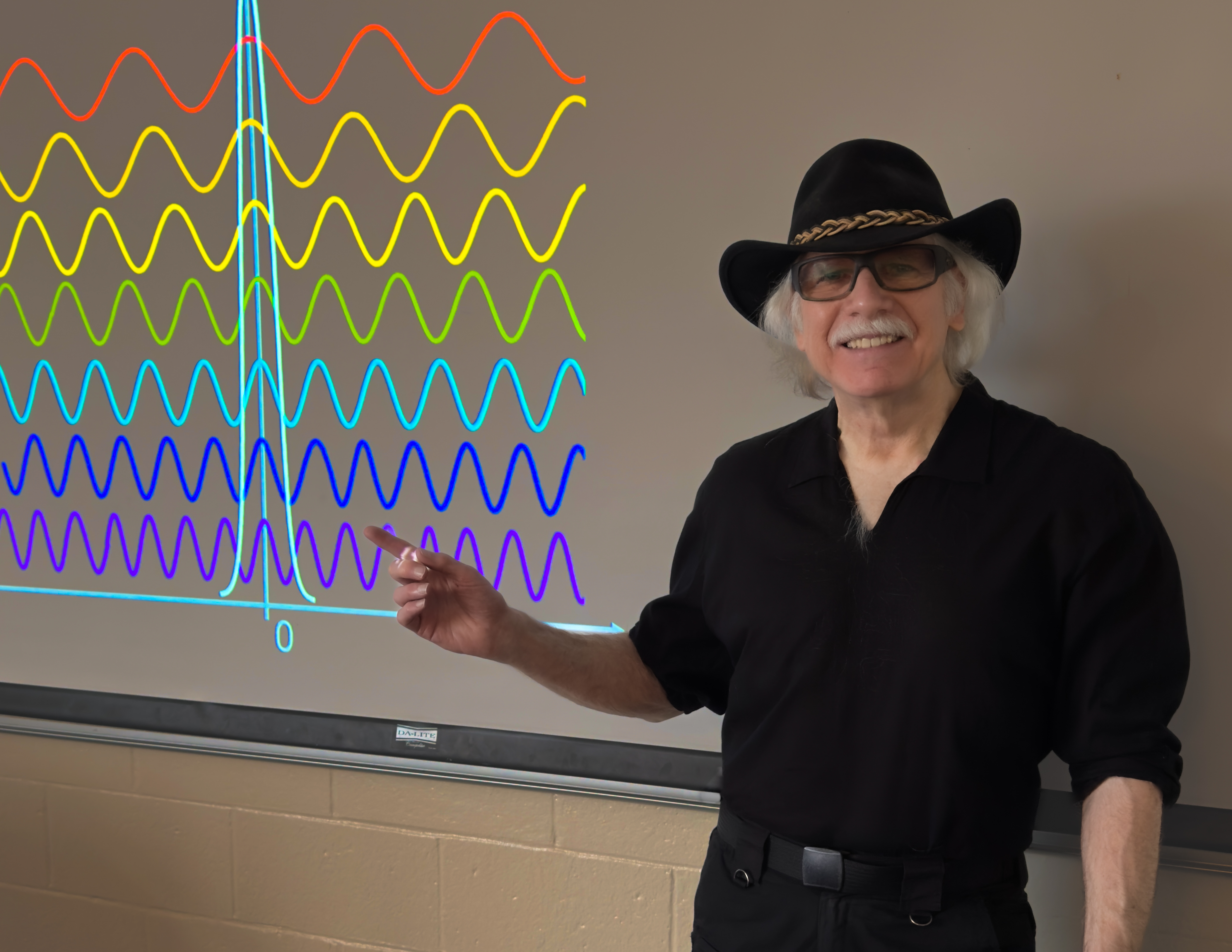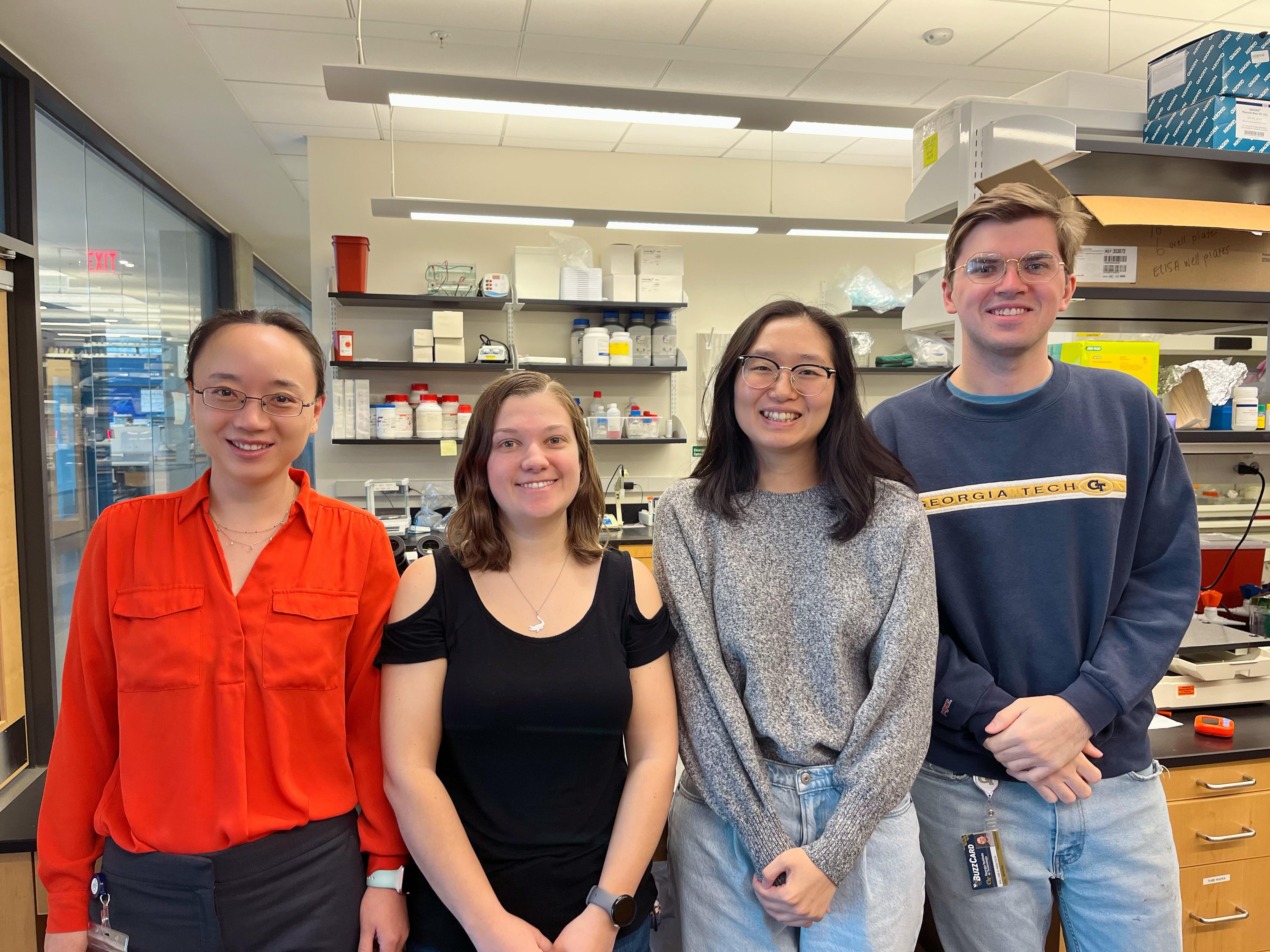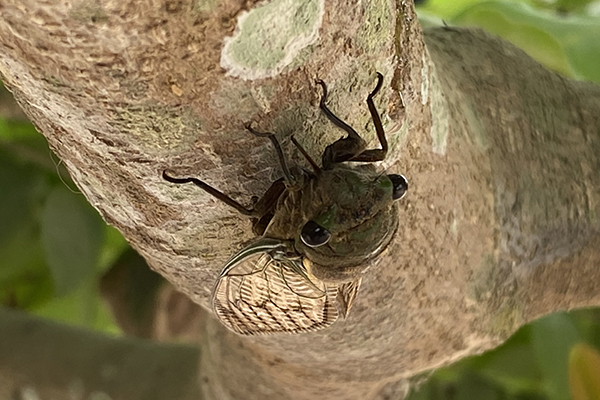The skin on our hands and feet collectively makes up roughly 5% of our surface area — at least, when it comes to our bodies. When you look at an important sensory area of the brain called the somatosensory cortex, which receives information about things like touch and pain from everywhere on the body’s surface, that number jumps to about 30%.
Liang Han recently received $550k from the National Science Foundation to uncover where in our nervous system that discrepancy in neural real estate might stem from.
“The somatosensory cortex is like the output of the whole neural circuit — but the neural circuit takes multiple steps,” explains Han, an associate professor in the School of Biological Sciences. “How does this neural circuit generate such a biased representation, and exactly which neurons are involved?”
Pinning down which step in the neural circuit is causing areas like the hands and feet to take up so much of the somatosensory cortex may give us insights into how our sensory systems evolved — and where best to treat them when things go wrong.
Itching for answers
The somatosensory cortex is on the surface of the brain and receives information from specialized sensors on the surface of the body about touch, bodily movement, pain, temperature, and itch. Though it’s organized in a way that roughly matches our body’s structure — areas receiving information from the feet light up next to areas sensing the legs versus the ears, for example — the surface area of the somatosensory cortex is heavily biased towards certain body parts, like the hands.
To find out where in the nervous system this bias originates, Han and her team are planning to examine the cellular mechanisms of one particular sensation: itch. Specifically, itch on glabrous (or hairless) skin, like that on the hands and feet.
“We’ve been studying itch sensation for a long time, and our previous study identified a group of neurons that control glabrous skin itch sensation,” says Han. Led by Haley Steele, a former Ph.D. student working with Liang, the research gave Han and her team the ability to isolate and study the neurons responsible for sending glabrous skin itch sensation all the way from the fingertips, through the spinal cord, and finally to the somatosensory cortex in the brain.
Interestingly for Han’s team, recent data collected by Yanyan Xing, a former postdoctoral researcher in the Han lab, suggested that there were potential physical differences in the itch-sensing neural circuits for central body parts (like the torso) versus the overrepresented peripheral body parts (like the hands).
“If you ask me why we started this project, that's why,” says Hand, “because we saw that data and we thought, ‘Oh, this is interesting.’”
Going more than skin deep
Those physical differences are just one potential piece of the puzzle. When it comes to the cellular origins of brain’s sensory biases, there could also be more itch-sensing neurons in peripheral areas of the body, their physiology could be different, their signals could be amplified somewhere down the line (like in the spinal cord or brain stem), or it could be a combination.
Using their previously developed tools to genetically label neurons specific to glabrous skin itch sensation in mice, Han and her team plan on studying all that — plus how these neural circuits develop over time.
“Our nervous system evolved in a way that our central nervous system (brain and spinal cord) allocated more neural resources to those distal (peripheral) parts of the body for sensory processing,” explains Han. From exploring our environment to manipulating objects, having keen sensation in distal body parts like the hands and feet has been crucial for our survival. By understanding these sensory circuits, Han is hopeful that “this study will help us to understand how the nervous system evolved.”
Beyond gaining key insights into the sensory system, understanding this particular sensation may help improve treatments for chronic itch — an experience that roughly one in five people will have in their lifetime.
“Itch is associated with so many different conditions,” says Han. “Understanding the basic mechanisms of the neural circuit will help us to eventually treat the condition.”
This research will be funded by the National Science Foundation.
Georgia Tech's Institutional Animal Care and Use Committee (IACUC) reviews all research and teaching activities that involve vertebrate animal subjects. IACUC approval is required in advance for all activities conducted by faculty, staff, or students, regardless of location and funding source.












